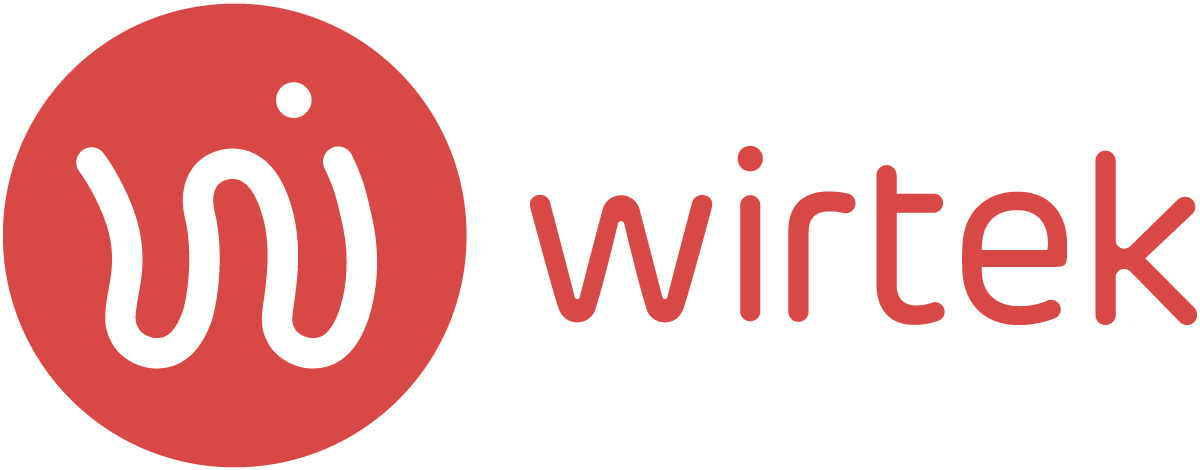- Blog
Sign up to our newsletter
Smart Grid Solutions – A Practical Guide to Vetting Offers and Vendors
As utilities around the globe contend with aging infrastructure and rising demand, the promise of a smart grid—an electricity network woven together by digital sensors, two‑way communications, and advanced analytics—has never been more compelling.
At its core lies the Advanced Metering Infrastructure (AMI), defined by the Federal Energy Regulatory Commission as “a metering system that records customer consumption hourly or more frequently and that provides for daily or more frequent transmittal of measurements over a communication network to a central collection point.”
This two‑way dialogue between meters and control centers not only unlocks real‑time insights into power flows but also lays the groundwork for self‑healing capabilities that quietly detect and resolve power‑quality anomalies before they sideline your next conference call.
Core Technologies and How They Work
.png?width=777&height=408&name=Smart%20Grid%20Solutions%20Blog%20Post%20Visuals%20(2).png)
Unlocking Tangible Benefits
The real magic of smart grid investments shows up in hard‑dollar outcomes. Automated fault isolation and self‑healing mechanisms not only reduce customer interruptions but also bolster overall system reliability—critical when severe weather tests your network’s resilience. On the consumer side, interactive portals and time‑of‑use pricing empower end users to shift demand away from peak periods, cutting capacity shortfalls and shaving 5–10% off peak demand.
When enumeration helps clarify the value proposition, consider these headline benefits:
- Outage Reduction: Self‑healing DA systems can cut downtime by over 40%.
- Loss Minimization: Voltage optimization and phase balancing can reduce technical losses by up to 8%.
- Customer Engagement: Time‑of‑use and demand‑response programs drive peak‑load reductions.
Navigating Common Risks
Every silver lining carries a cloud: steep up‑front costs, interoperability challenges, cybersecurity vulnerabilities, and the prospect of drowning in data.
Vet Providers with a Targeted Scorecard
Click the image above to download Your Scorecard PDF.
Optimizing Procurement and ROI
Smart grid projects often achieve full payback within three to five years. Tri‑State’s AMI rollout exemplifies this, while broader research by the Smart Grid Consumer Collaborative reports $1.50 of customer benefits for every $1 spent and a net gain of $247 per household over 13 years. At the macro level, the Electric Power Research Institute forecasts that $338–$476 billion in grid investments could yield $1.3–$2 trillion in benefits by 2030. Leveraging incentive programs and aligning procurement with grant cycles can further accelerate your ROI.Proof‑of‑Concept and Negotiation Best Practices
Conclusion

Selecting the right smart grid solution is a strategic journey requiring deep understanding of core technologies, benefits, risks, and procurement tactics.
With a clear and targeted scorecard however for vendor comparisons and thoughtful risk mitigation, you’ll approach smart grid transformation not as a leap of faith but as a confidence‑inspiring process of thorough evaluation!
Our Track Record in Energy
The rapidly evolving energy sector presents both challenges and opportunities for companies seeking to optimize their Smart Grids. However, implementing robust solutions can significantly enhance operational efficiency and market responsiveness. One such example from our portfolio is Opoura's ETRM system. Read more below:
About Wirtek
We are a Danish IT Services and Solutions company that provides software development, embedded engineering, R&D, Quality Assurance, and testing services to help clients worldwide.
We specialise in Energy, Wireless Communication, Automation & IoT, as well as helping clients within X-Tech. We also offer our own product solution portfolio for the energy and IoT sector.
At Wirtek, we prioritise building long-term client relationships, with some lasting over a decade. We believe that quality partnerships are just as important as software quality in achieving our clients’ goals.
Established in 2001 as a spin-off from NOKIA, we have offices in Denmark, Romania, and Portugal, and have been listed on Nasdaq First North Copenhagen since 2006.
Ticker Code: WIRTEK (DK0060040913)


.png?width=1200&height=400&name=Copy%20of%20%20Blog%20CTA%20banners%201200%20x%20400%20(1).png)